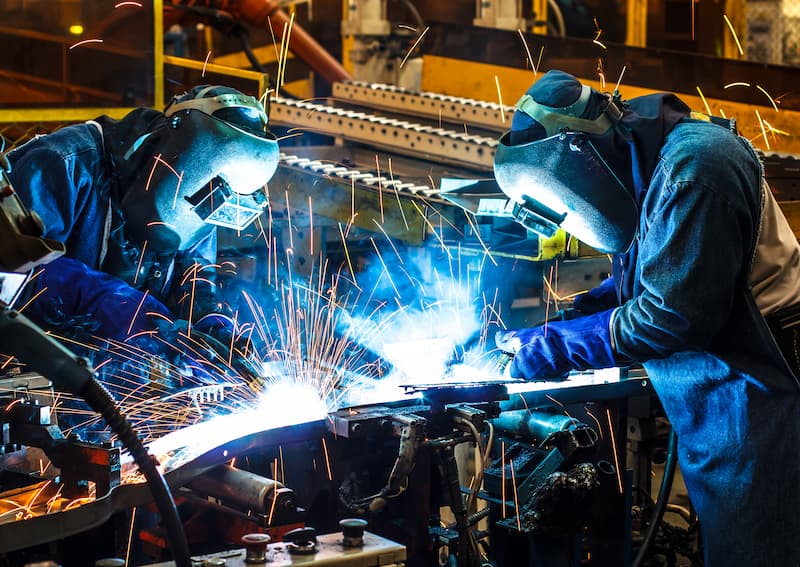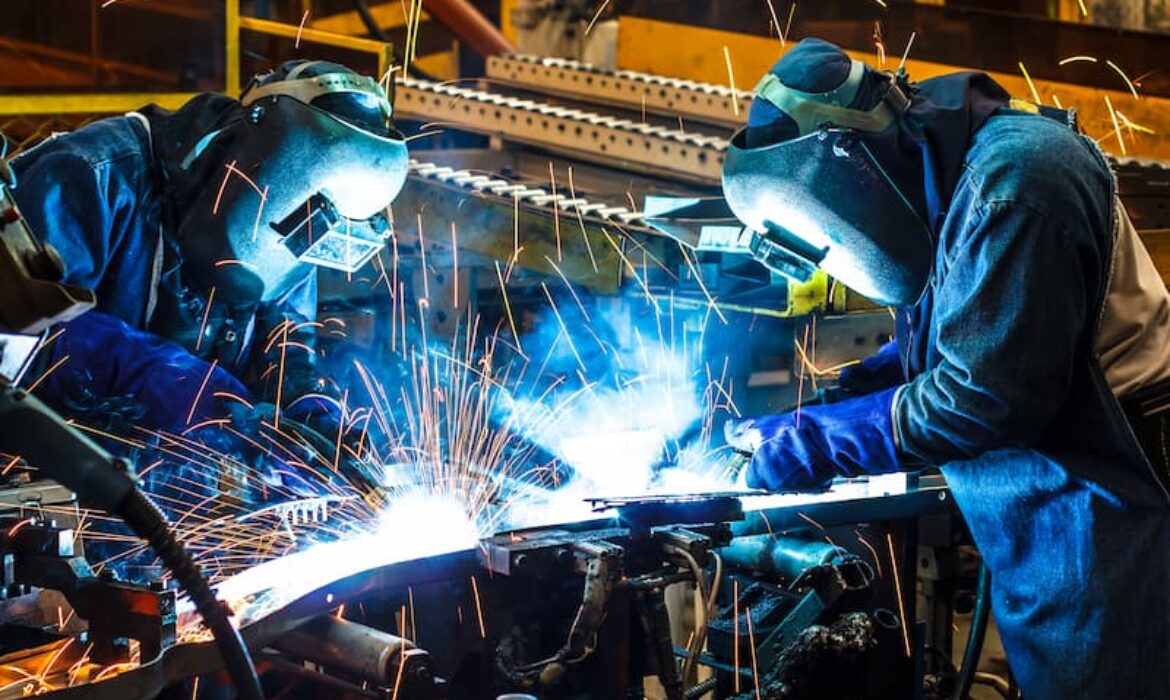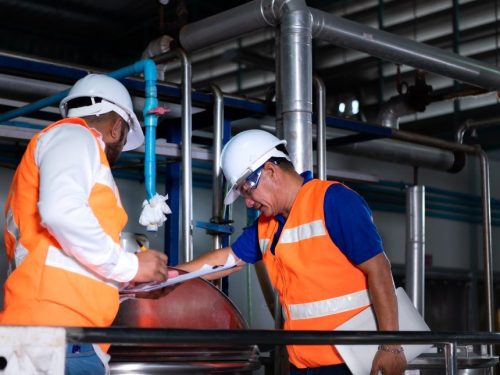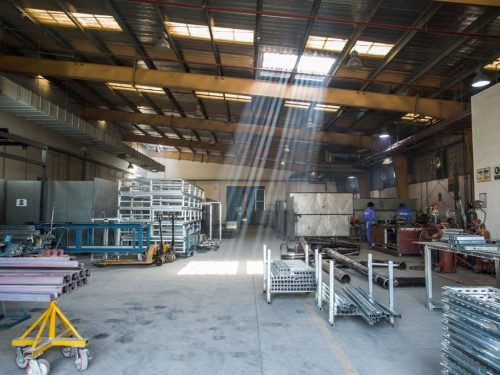
When you think of metal, you might envision cold, unyielding materials. But in the hands of skilled artisans, metal can be transformed into exquisite pieces of art, functional structures, and robust machinery. This transformation is the essence of metal fabrication, a process that marries science and art. In this blog post, we will dive into the fascinating world of metal fabrication and explore how raw materials are meticulously crafted into unique creations.
What is Metal Fabrication? Metal fabrication is the process of transforming raw metal materials, such as steel, aluminum, or copper, into finished products or components through various techniques. This field encompasses a wide range of applications, from crafting decorative art pieces to constructing essential components for industrial machinery. Let’s explore the key aspects of metal fabrication:
1. Design and Planning: Before any metal is cut or shaped, a detailed design and plan are essential. Whether it’s a custom railing for a home’s staircase or a complex structure for a skyscraper, the design phase is critical to ensure that the final product meets the required specifications and standards.
2. Material Selection: The choice of metal material is crucial and depends on factors such as strength, durability, and aesthetics. Different metals offer varying properties, and selecting the right one is a significant decision in the fabrication process.
3. Cutting and Shaping: Metal can be cut and shaped through various methods, including sawing, shearing, or laser cutting. The goal is to precisely form the metal into the desired shapes and sizes.
4. Joining and Welding: Welding plays a central role in metal fabrication. It involves fusing pieces of metal together using heat and often additional materials like filler rods. The strength and quality of these welds are vital to the integrity of the final product.
5. Finishing and Surface Treatment: After the main fabrication work is complete, the metal surface may undergo finishing processes, such as grinding, polishing, or coating to enhance its appearance and protect it from corrosion.
Applications of Metal Fabrication: Metal fabrication is incredibly versatile and finds applications in various industries, including:
- Architectural Metalwork: Crafting decorative gates, railings, and sculptures.
- Structural Components: Creating beams, trusses, and frames for construction.
- Aerospace and Automotive: Manufacturing precision components for aircraft and vehicles.
- Industrial Machinery: Building custom parts and assemblies for manufacturing equipment.
The Artistry in Metal Fabrication: Beyond the technical aspects, metal fabrication is an art form in itself. Skilled fabricators often push the boundaries of what’s possible, creating intricate designs and one-of-a-kind pieces that blend function and aesthetics. The combination of precision, craftsmanship, and creativity makes metal fabrication a unique and compelling field.
Conclusion: Metal fabrication is not just about bending and welding metal; it’s about turning raw materials into works of art and functional marvels. From architectural wonders to industrial innovations, metal fabrication is at the heart of it all, showcasing the fusion of science, engineering, and art. The next time you admire a beautifully designed railing or marvel at the strength of a building’s steel frame, you’ll have a deeper appreciation for the craftsmanship and artistry that go into metal fabrication.
Related Posts
About Sky Vision
We offer wide range of Engineering support in the field of MEP Steel Fabrication, plant maintenance and operation and Engineering services
Our Products
Contact Info
-
P. 0. Box 1081,
light industrial area,
Al-Jubail 31951,
Saudi Arabia - 35521. - Tel: 00-966-13-361 7232
- Fax: 00-966-13-361 7233
- Mobile No: 053 812 1000
-
info@skyvisioncon.com
sales@ skyvisioncon.com




